This season of chaos at home has me craving tips that actually work. I want real, doable ideas that anyone can try. That’s why I put together 12 smart parenting tips to tame even the wildest kids.
If you’re juggling work, school runs, meals, and a house full of energy, this one is for you. You want calmer evenings, fewer power struggles, and more moments of connection.
These tips are simple, kind, and easy to fold into your day. They come with quick steps you can try tonight. They focus on routines, clear language, and small, natural consequences that teach.
Here are a few you can test this week. Try a 15-minute wind-down routine that follows the same order each night. Use a calm-down jar to help kids name their feelings. Try a three-choices rule that gives limits without yelling.
Not every tip fits every kid. You may need to try two or three and adjust. If a night goes off track, roll with it and try again tomorrow.
Want more? Read on to explore each tip and pick a few to test this week. Share your wins or tweaks in the comments so others can borrow your ideas.
1. Establish a Routine
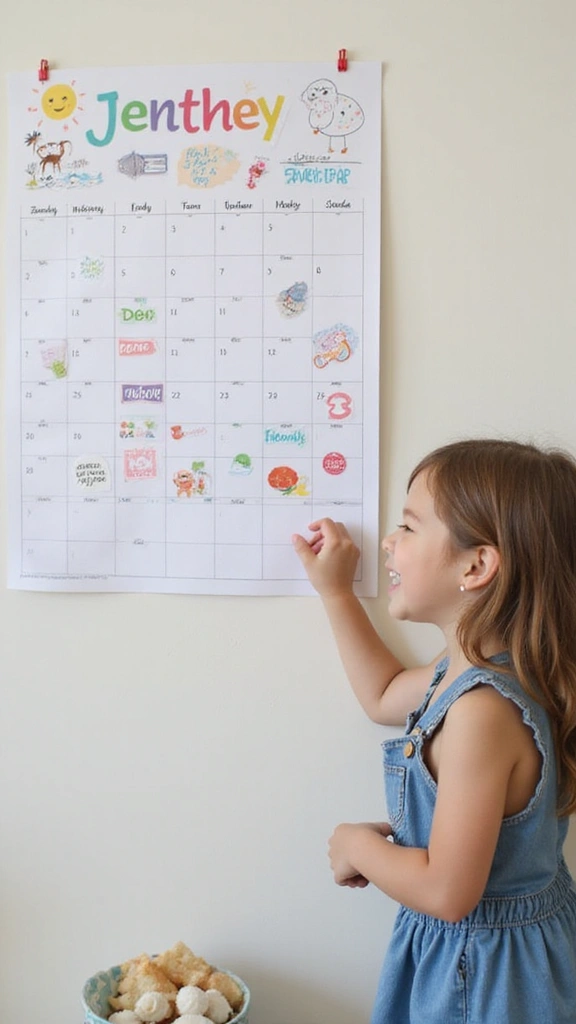
Struggling to keep your kids calm and cooperative? A steady routine can help. It gives them predictability and makes behavior easier to manage. Here is why: when they know what comes next, they feel safe. They spend less time guessing and less time pushing limits. A simple schedule also helps you stay consistent, which kids crave.
Next steps to set it up:
– Morning routines: Pick one wake-up time and a simple breakfast plan. Lay out clothes the night before. A calm start helps them focus at school.
– Homework time: Block out one quiet hour. Turn off extra screens. Have pencils, paper, and a timer ready. A clear workspace makes tasks feel doable.
– Wind down: At a fixed time, switch to low noise. Dim the lights, read a short story, or chat about the day. A predictable end makes sleep easier.
Tips that help: post the schedule where everyone can see it, and review it after a rough day. Be flexible enough to adapt when a change is needed, but return to the routine as soon as possible. With persistence, your child grows more cooperative and ready to tackle the day. Consistency over time makes big wins feel normal for all.
1. Establish a Routine
Editor’s Choice

Godery Large Visual Schedule for Kids Chore Reward Chart,Bedtime Routine…
 Amazon$19.99
Amazon$19.99
Yunbaoit Visual Timer with Night Light, 60-Minute Countdown Timer for Ki…
 Amazon$14.99
Amazon$14.99
The Storybook of Inspiring Tales: 10 Heartwarming Stories Exploring Them…
 Amazon$11.99
Amazon$11.992. Use Positive Reinforcement
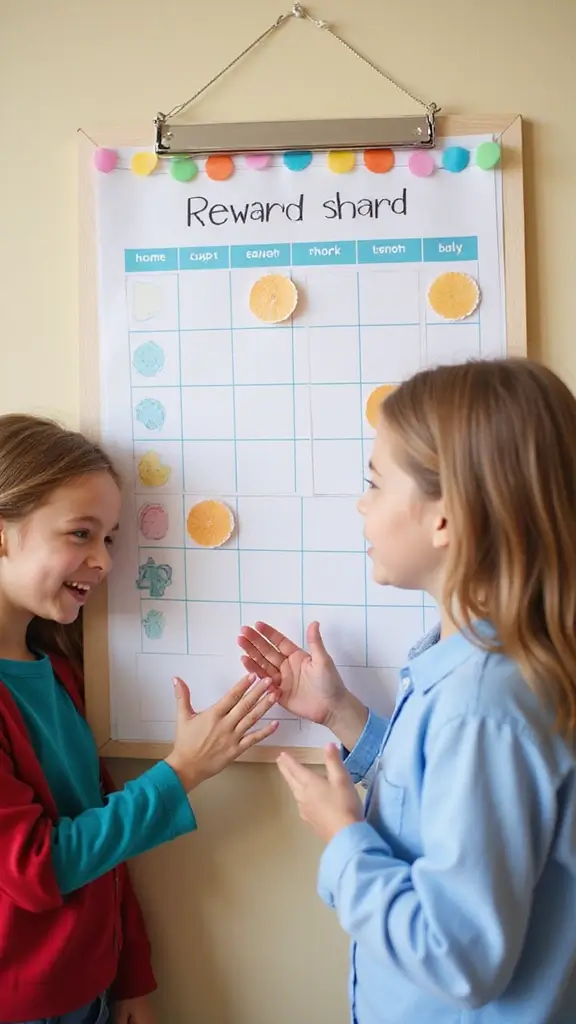
If your child tests limits, you want a clean plan. Positive reinforcement gives you that plan. It makes good choices feel worth it. You build self control by naming small wins.
– Praise Often Acknowledge when they share or finish chores. Say phrases like “Nice sharing” or “Thanks for helping.” This kind praise helps them repeat the act.
– Reward Systems Create a simple chart with stickers. They can earn a small reward, like a family movie night. Keep goals clear and reachable; celebrate when they earn a sticker.
– Celebrate Efforts Focus on the process, not just the end result. When they try hard, tell them it matters. Point out steps they took, like putting away three toys or cleaning up for ten minutes.
Practical Tips
– Be specific with praise. Name the action.
– Praise soon after the action. Right after they share or help, say the words.
– Use small, fair rewards. Tie them to real tasks and keep them simple.
– Link praise to routines. Use it during chores, meals, and bedtime.
– Avoid using rewards for every tiny task. Keep a balance.
Used well, this method builds self-esteem and keeps kids moving toward better choices. If you miss a day, start again tomorrow. Small wins add up.
2. Use Positive Reinforcement
Editor’s Choice

REGELETO 80 Pack Incentive Reward Chart for Classroom Home Behavior for …
 Amazon$8.99
Amazon$8.99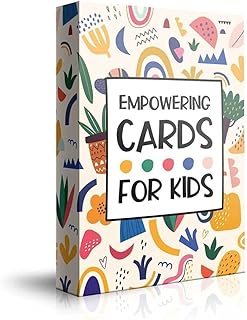
Empowering Cards for Kids – Teaches Mindfulness, Affirmations, Self Este…
 Amazon$14.99
Amazon$14.99
Thoughtfully, Family Movie Night Supplies Kit, Includes Popcorn Bags, Go…
 Amazon$24.99
Amazon$24.993. Set Clear Expectations
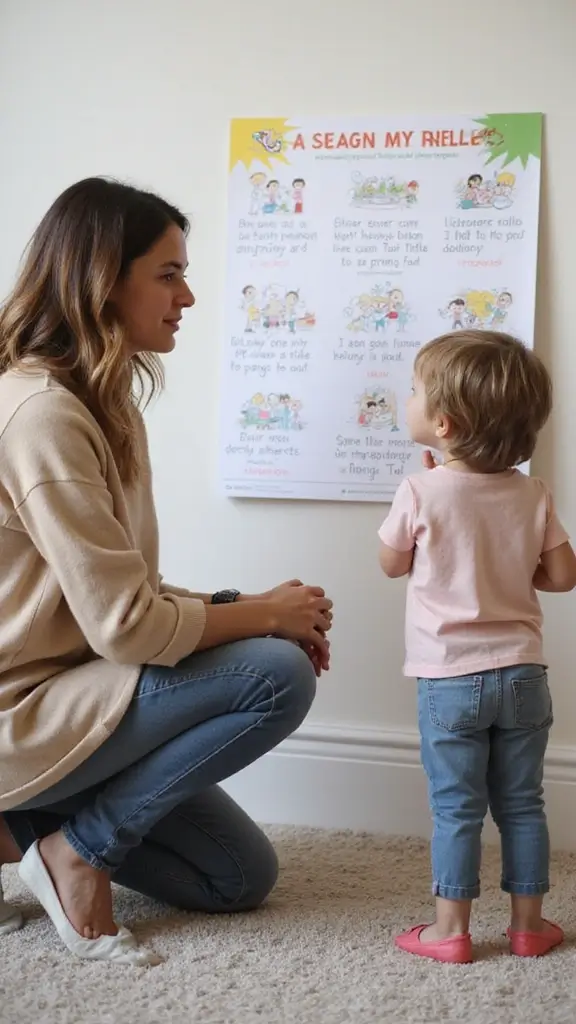
You want fewer surprises and fewer power struggles. Start by laying out simple rules your child can actually follow. Sit down together and talk about what behavior fits your home, and what happens if a rule is broken. Here is why this works: it gives your child a clear map, so they can make good choices.
– Be Specific: instead of saying “Behave,” name the action you want. For example, say “Use please and thank you” or “Share the blocks before you take more.” Clear words cut confusion and questions.
– Visual Reminders: post a small chart with pictures. A sun for good behavior, a clock for waiting your turn, a checkmark for finished tasks. Younger kids learn from colors and images.
– Consistent Consequences: set a predictable plan and stick with it. If a rule is broken, remind calmly and apply the same result every time—timeout, a short talk, or a loss of a privilege, depending on age. Routine keeps everyone on track.
When you lay out rules and follow through, your child learns accountability. They know what to expect, and they meet those expectations more often.
3. Set Clear Expectations
Editor’s Choice

Utron 80 Pack Reward Chart for Kids, Incentive Chart Behavior Chart for …
 Amazon$7.99
Amazon$7.99
Sweetzer & Orange Reward Stickers for Teachers, 1008 Decals for Kids in …
 Amazon$8.99
Amazon$8.99
THE ULTIMATE CO PARENTING GUIDEBOOK: SIMPLE STRESS-FREE STRATEGIES TO ES…
 Amazon$9.99
Amazon$9.994. Be a Role Model
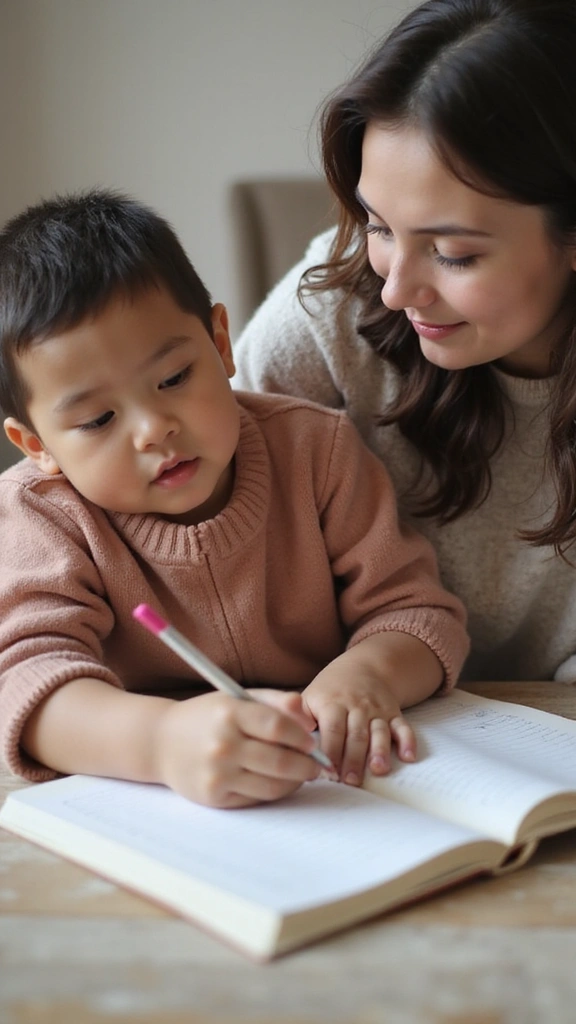
You want calmer days at home. Your kids copy what you do. That is why being a role model matters.
– Show Empathy When they are upset, name the feeling and listen. Say, “I hear you are frustrated.” Then teach a quick trick, like three slow breaths.
– Practice Patience Slow down when you work. Let them see you finish a task with care. Say, “I am doing this carefully.” They learn to pause and do things right.
– Communicate Well Use kind words and check in. Listen first, then answer. Repeat back what you heard to show you understand.
When you model these habits, your child will copy your calm voice, careful steps, and respect for others. They will try the same calm breath during a flare and choose kinder words with friends.
Next steps: a simple plan for this week. 1) In a quiet moment, name the feeling you see in them. 2) Pause before you react in a conflict at home. 3) End the day with a quick check-in, asking, “How are you feeling now?”
4. Be a Role Model
Editor’s Choice
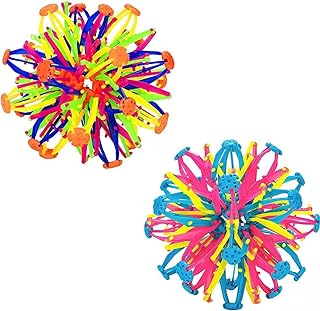
2Pcs Expandable Expanding Ball – Expanding Ball Toy Sphere for Kids & Ad…
 AmazonCheck Price
AmazonCheck Price
MEROCO Feelings Emotions Cards for Kids Therapy, Realistic Picture Cards…
 Amazon$9.99
Amazon$9.99
Nonviolent Communication: A Language of Life: Life-Changing Tools for He…
 Amazon$10.63
Amazon$10.635. Create a Space for Emotions
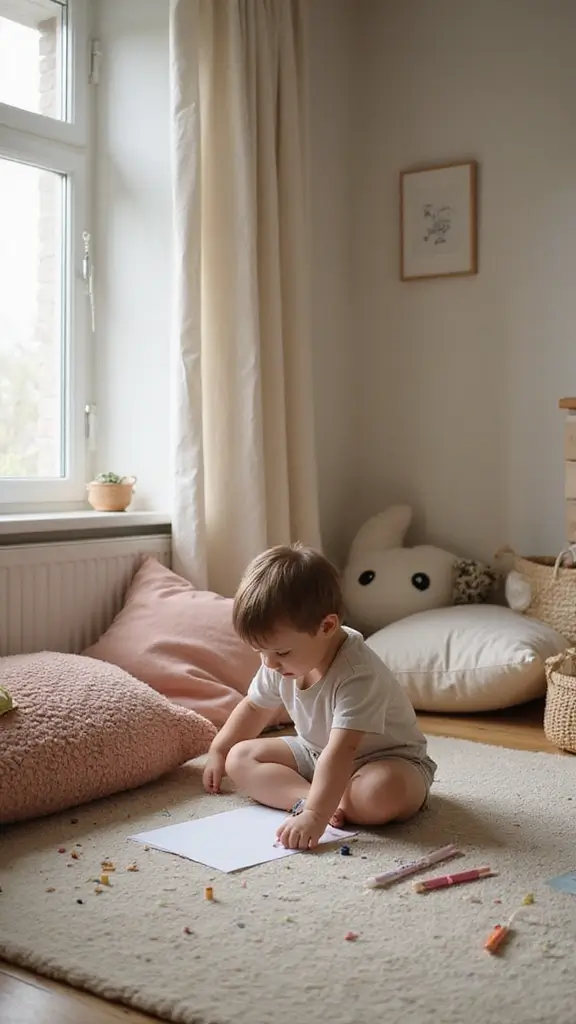
Big feelings show up fast. You want a safe place where your child can pause and express. A dedicated space makes this easier. It turns out that a quiet corner can cut chaos and open up talk.
Here is why it helps. When feelings have a place to land, kids feel seen. They learn to name what they feel. That makes the mood easier to manage.
Next steps you can try today:
– Design a Corner – Pick a calm spot in your home. Add soft pillows, a warm blanket, a book, and simple art supplies. Let your child use it when they need a moment.
– Teach Emotion Words – Start with a small list: happy, sad, angry, scared, excited. Make a simple chart with faces. Practice saying the words aloud.
– Regular Check-Ins – Ask once in the morning and once in the afternoon, plus after big moments. Say, “How are you feeling right now?” “What would help you feel steadier?” Keep it short.
This routine builds emotional smarts. Your child learns to name feelings, stay calm, and ask for help. It takes time, but the payoff is steady, clearer communication.
With time, it becomes second nature.
5. Create a Space for Emotions
Editor’s Choice

Juexica 8 Pcs Extra Thick Flexible Seating Floor Cushions Assorted Color…
 Amazon$56.99
Amazon$56.99
Arts & Crafts Supplies Kits & Materials Set for Kids, Toddler – Carl & Kay
 Amazon$16.97
Amazon$16.97
Feelings Chart for Kids – Coping Skills Emotions Chart Poster – Calm Dow…
 Amazon$16.95
Amazon$16.956. Encourage Social Skills

If your child has a hard time around other kids, you can build social skills that last. These practical steps help them join in, handle small conflicts, and make friends with ease.
– Playdates
Schedule regular playdates 1–2 times a week. Keep sessions short at first, about 30 minutes. Give a tiny goal, like taking turns with one toy for five minutes. Stay nearby to guide, but let them sort out small disagreements on their own.
– Role-Playing
Set up quick scenes with a favorite toy or a friend. Practice greeting, sharing, and calm talk when a problem pops up. After each scene, name one thing they did well and one idea to try next time.
– Group Activities
Sign them up for a team sport or class that needs teamwork. Choose activities with clear rules and friendly coaches. Focus on listening, waiting your turn, and cheering for teammates. Celebrate effort, not just winning.
– At-Home Coaching
Be a living example. Model pause, polite words, and good eye contact. Ask short questions, listen, and respond with warmth. Try simple scripts like “Hi, I’m Sam. Want to play together?” in a calm voice.
– Track and Adjust
Keep a simple progress log. Note what helps most and what to tweak. Try one new practice at a time and give it a week to settle.
– Quick Recap
Pick one idea this week and build from there. With time, you will see smoother play and more smiles.
6. Encourage Social Skills
Editor’s Choice

Junior Learning Social Skills Board Games, 4 Games, Ages 5-8, Empathy & …
 Amazon$17.99
Amazon$17.99
Superhero Spider Web String Launcher Slinging Toy Set, Includes 2 Web Sh…
 Amazon$27.99
Amazon$27.99
Franklin Sports Youth Football Goal-Post Set — Kids’ Football Goal Post …
 Amazon$34.65
Amazon$34.657. Stay Calm Under Pressure

When your kids test your limits, staying calm can feel tough. But calm behavior shows your kids how to handle big feelings. It lowers stress for everyone and keeps little crises from spiraling. Here are simple moves you can use today.
– Breathing as your first reset
Here is why: slow breaths slow your pulse and clear your thoughts. Inhale through your nose for four counts. Exhale through your mouth for four counts. Do this twice. You will notice your shoulders drop and your jaw loosen.
– Pause before you respond
Let your brain catch up with the moment. Count to three before you speak. Choose a quiet, clear line. A calm tone invites your child to listen and cooperate.
– Lighten the mood with humor
Humor can defuse a tense moment. A brief silly face or a small joke can reset the room. Keep it gentle and brief. If it lands, smiles replace frowns and the mood shifts.
– Ground yourself in the moment
Feel the floor under your feet and the chair against your back. Name what you notice: a lamp, a rug, a clock. This quick check helps you stay rooted and in control.
– Set a quick plan for the moment
State what you want in a simple line. Say why it matters in plain terms. If the moment passes, switch to a fast follow-up task like a hug or a short game. Then you both move on.
– Close the loop after the scene
If you raised your voice, say you’re sorry. Tell your child what you will do next time to keep calm. Practice a brief, calm talk later to build a small routine.
Next steps: practice these steps when things are calm so they become easy under pressure. Your consistent calm teaches your child to stay steady too.
7. Stay Calm Under Pressure
Editor’s Choice

Anti-Burst and Slip Resistant Exercise Yoga Fitness Birthing Ball with Q…
 Amazon$10.79
Amazon$10.79
156 Emotion Cards Card Deck – Master Your Emotional Intelligence, Enhanc…
 Amazon$39.99
Amazon$39.99
Grounding Mat- Reduce Stress & Relieve Inflammation- Durable Grounding P…
 Amazon$47.00
Amazon$47.008. Set Up Consequences
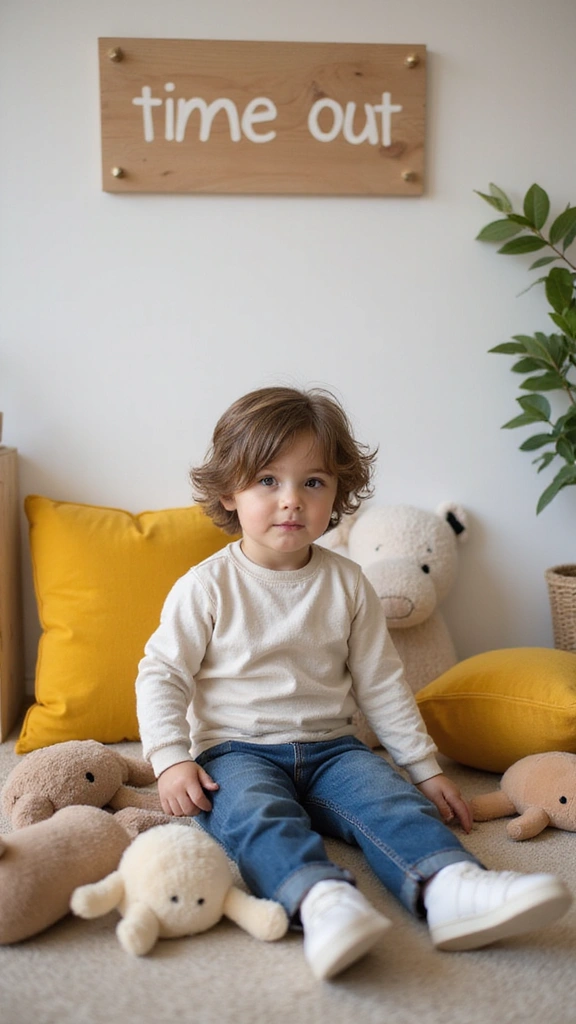
You want a parenting plan that guides behavior without turning every moment into a fight. Clear consequences can do that when they are fair and linked to the action. This section shows how to set up rules that stay consistent and easy for kids to grasp.
Logical Consequences
– Tie the result directly to the action. If toys are left on the floor, those toys are unavailable for a short time.
Time-Outs
– Use quick time-outs for younger kids to cool down and think. Keep them short—one minute per year of age works well.
Consistency
– Do what you say every time. Follow through calmly. Your child learns what to expect and practice sticks.
Here is a simple plan you can put into practice this week:
1) Pick 3 clear rules you want your child to follow.
2) Write one short consequence for each rule.
3) Tell your child the rule and its consequence in a calm voice.
4) Apply the consequence the moment the action happens, without arguing.
5) Check in after a quick moment to remind and adjust if needed.
What you gain: fewer power struggles, and a clearer path for your child to learn right from wrong. The result is a calmer home where kids see how actions lead to real outcomes.
8. Set Up Consequences
Editor’s Choice

Guided Parenting: Overcoming Challenges and Embracing Joy
 Amazon$12.95
Amazon$12.95
Classroom Timers for Teachers Kids Large Magnetic Digital Timer 2 Pack
 Amazon$5.94
Amazon$5.94
REGELETO 80 Pack Incentive Reward Chart for Classroom Home Behavior for …
 Amazon$8.99
Amazon$8.999. Focus on Connection

You want a calmer home. Strong bonds curb many fits and fights before they start. When you connect with your child daily, you give them a space to share and grow.
Here is how to build that bond. It only takes a small, steady habit that pays back in trust.
– Quality Time: Spend a few minutes together each day. Sit after homework, ask about their day, or play a quick game.
– Active Listening: Listen more than you talk. Reflect what you hear and name their feelings. For example, say “That sounds hard” when they share a worry.
– Be Present: Put away the phone. Make eye contact. Give your full attention so they feel seen and heard.
Next steps: pick one ritual and try it for a week. For example, a 10 minute walk after dinner or a five minute chat at bedtime.
Be patient. This does not fix every issue at once. It builds trust, makes rules clearer, and gives your child a calmer signal that you care.
If you try these methods, you may hear more smiles and fewer sassy moments. Your home may feel calmer, and your child will trust you more.
Start today with one 10 minute chat, and see what small changes.
9. Focus on Connection
Editor’s Choice

CATAN Board Game (6th Edition) Trade, Build & Settle in The Classic Stra…
 Amazon$34.99
Amazon$34.99
Nollh DIY Journal Kit for Girls/ Teens/ Tween Stationery Scrapbook & Dia…
 Amazon$19.98
Amazon$19.9810. Incorporate Natural Consequences
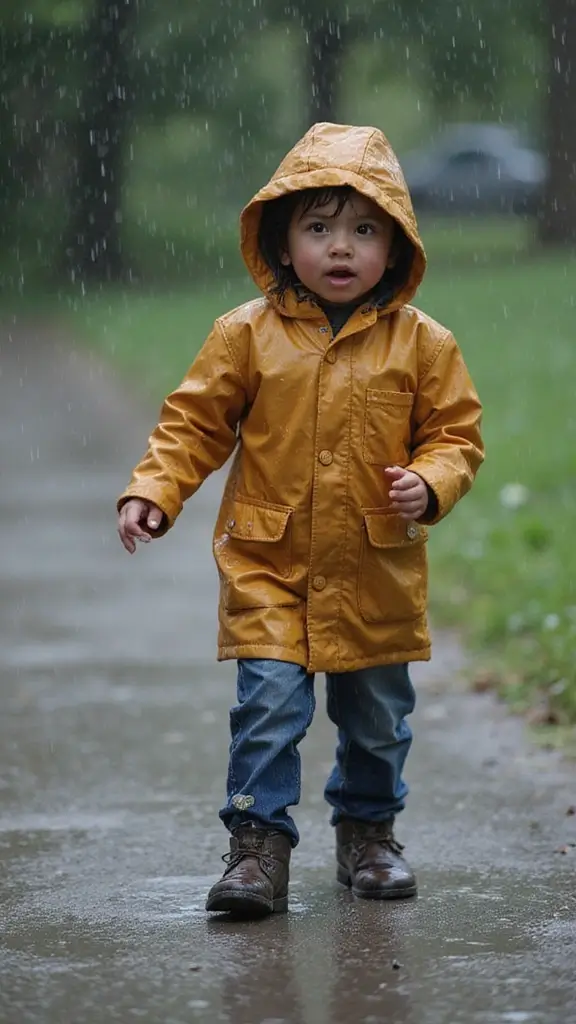
You want your kids to learn from mistakes without a long debate every time. Natural consequences give clear feedback in a calm moment. They show cause and effect as things happen, so your child can adjust next time.
Here is why this method helps: it keeps you out of power struggles and helps your child own the result of their choices.
– Missed Playtime: If homework stays unfinished, the after school play with friends is postponed. The rule stays simple: finish the task first, then enjoy play. Stay steady, explain the link, and follow through. This builds planning and effort.
– Lost Privileges: If they refuse to tidy up toys, those toys go away for a day. It is a clear consequence of their choice. When the day ends, remind them toys reappear once chores are done. It teaches responsibility.
– Weather and Gear: If they wear flip-flops on a cold day, they feel the chill. This is a practical lesson, not a scare. They notice the result and choose warmer shoes next time.
– Screen Time Boundaries: If they ignore a set rule, trim tomorrow’s time by a little. No lectures needed. They notice the pattern, plan ahead, and listen more.
Next steps: set clear rules, explain the link between choices and outcomes, and review what happened when the day ends. Keep it fair and kind.
10. Incorporate Natural Consequences
Editor’s Choice

Melissa & Doug Magnetic Wooden Responsibility Chart Toddler Routine, Kid…
 Amazon$19.59
Amazon$19.59
Kids Freestyle Neoprene Outdoor Boot, Lightweight, Kid Friendly for Boys…
 Amazon$32.99
Amazon$32.9911. Encourage Problem-Solving
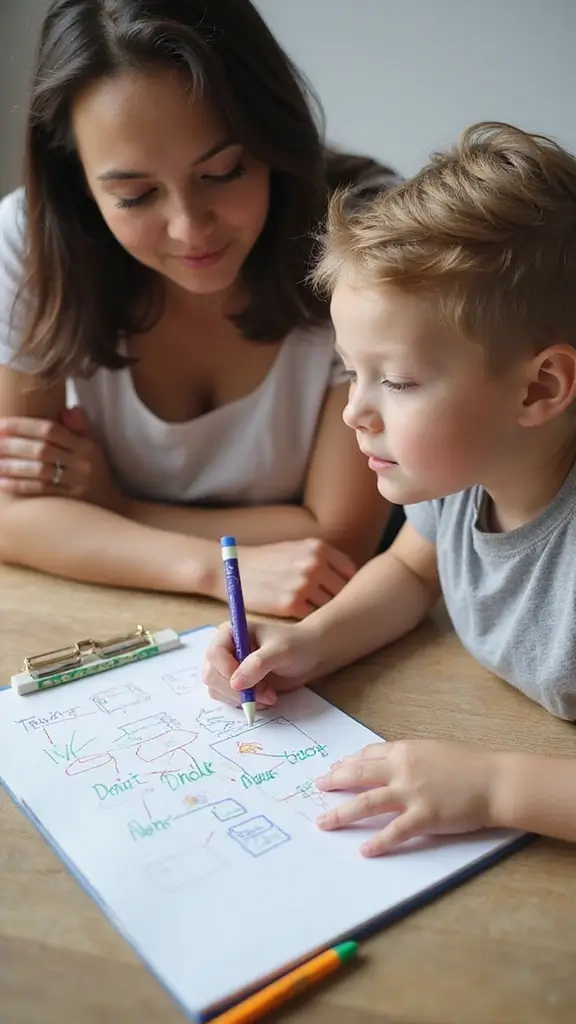
Do you want your child to handle tough moments on their own? Start with problem solving. It helps them stay calm and think clearly when things get loud.
– Ask Questions: Here is why questions work. When you ask a prompt like, “What could we try next?” you move them from a rush to a plan. Let them voice ideas, big or small, and listen.
– Brainstorm Solutions: Let’s break it down. When a quarrel pops up, sit with your child and list three to five options. Write them on a paper or whiteboard. Then talk through how each choice might feel and what could happen.
– Model Problem Solving: Show your steps in plain words. First name the problem. Next, think of several ways to fix it. Then pick one and try it. After, review what happened and say what you’d do differently next time.
This routine builds confidence and helps them handle conflicts without yelling. It trains their brain to pause, weigh options, and choose a calm path.
Next steps: Try these ideas this week. Set aside a short five-minute problem-solving moment after dinner. Ask a guiding question, brainstorm, and celebrate the effort, not just the win.
11. Encourage Problem-Solving
Editor’s Choice
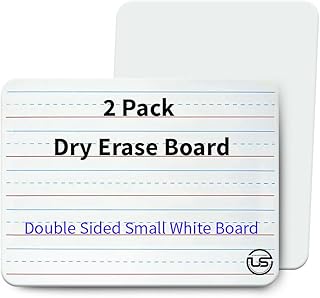
Small White Board 9X12, Small Dry Erase Board 2 Pack Whiteboard Dry Eras…
 Amazon$6.99
Amazon$6.99
12. Celebrate Achievements

Want a simple way to boost your child’s good habits? Kids try new things daily. When they do well, celebrations lift mood and shape good habits. They act as positive reinforcement that shows effort matters. You get a clear way to praise and guide behavior. Wins become fuel for learning.
– Create a Celebration Ritual
Pick a tiny, repeatable moment for every win. It could be a family dinner, a high five, or a note in their lunch box. Put it on the calendar so it happens on a set day. A steady ritual is easier to keep than a big event. Add a small treat or a displayed drawing to make the moment real. Your child hears the cheer and feels seen.
– Use Praise
Be specific. Say what you saw and how it helped. For example: ‘Nice job practicing your letters this week.’ Focus on effort, not talent. Keep praise calm and real.
– Involve Family
Make it a team moment. Let siblings share kind words. Invite a grandparent to call or video chat. A group cheer at the end of the week makes your child feel supported. A quick song or dance seals the moment.
Here is why this matters. Celebrations tie effort to belonging and better choices. Next steps: pick one idea, try it for a week, and adjust.
12. Celebrate Achievements
Editor’s Choice

100PCS Happy Birthday Stickers for Kids, Non-Repeating Celebration Stick…
 Amazon$3.99
Amazon$3.99
Conclusion

Parenting wild children can be rewarding and challenging, but these smart tips can help create a harmonious household. By nurturing positive behaviors, establishing routines, and fostering connections, you can guide your little ones to thrive. Parenting may not always be easy, but with these tools in your toolkit, you’ll undoubtedly see a transformation in your child’s behavior. Embrace the journey and enjoy the ride!
Note: We aim to provide accurate product links, but some may occasionally expire or become unavailable. If this happens, please search directly on Amazon for the product or a suitable alternative.
This post contains Amazon affiliate links, meaning I may earn a small commission if you purchase through my links, at no extra cost to you.
Frequently Asked Questions
What Are Some Effective Discipline Tips for Managing Child Behavior?
Managing child behavior can be challenging, but effective discipline tips can make a big difference! Start by establishing a routine that gives your child predictability, as this can reduce chaos at home. Incorporate positive reinforcement to encourage good behavior, and set clear expectations to minimize surprises. Remember, consistency is key—staying calm under pressure and using fair consequences can guide your child’s behavior without constant conflict.
How Can I Help My Child Develop Social Skills?
Encouraging social skills in your child is crucial for their development! Organize playdates and engage in group activities to provide opportunities for interaction. Teach them how to handle small conflicts and express their feelings. Practicing role-playing scenarios at home can also help them learn how to communicate effectively and respond to others, making socializing easier and more enjoyable!
What Should I Do If My Child Has Big Emotions?
When your child experiences big emotions, it’s essential to create a safe space where they can express themselves. Designate a quiet corner in your home where they can go to pause and calm down. Teach them to name their feelings and discuss what they’re going through. This not only helps them process their emotions but also builds their emotional intelligence and coping skills for the future.
How Can I Strengthen the Bond With My Child?
Building a strong bond with your child is vital for fostering positive behavior. Focus on daily connection through activities you both enjoy, whether it’s reading together, playing games, or simply talking about their day. Show empathy and be a good listener to create an environment where they feel safe sharing their thoughts and feelings. The stronger your connection, the smoother parenting can be!
What Are Natural Consequences and How Do They Help With Child Behavior?
Natural consequences are a fantastic tool for teaching children about cause and effect without creating conflict. For instance, if your child refuses to wear a coat on a chilly day, allow them to feel the cold. This helps them understand the importance of their choices. By implementing natural consequences, you can guide your child’s behavior effectively while encouraging responsibility and independence.
